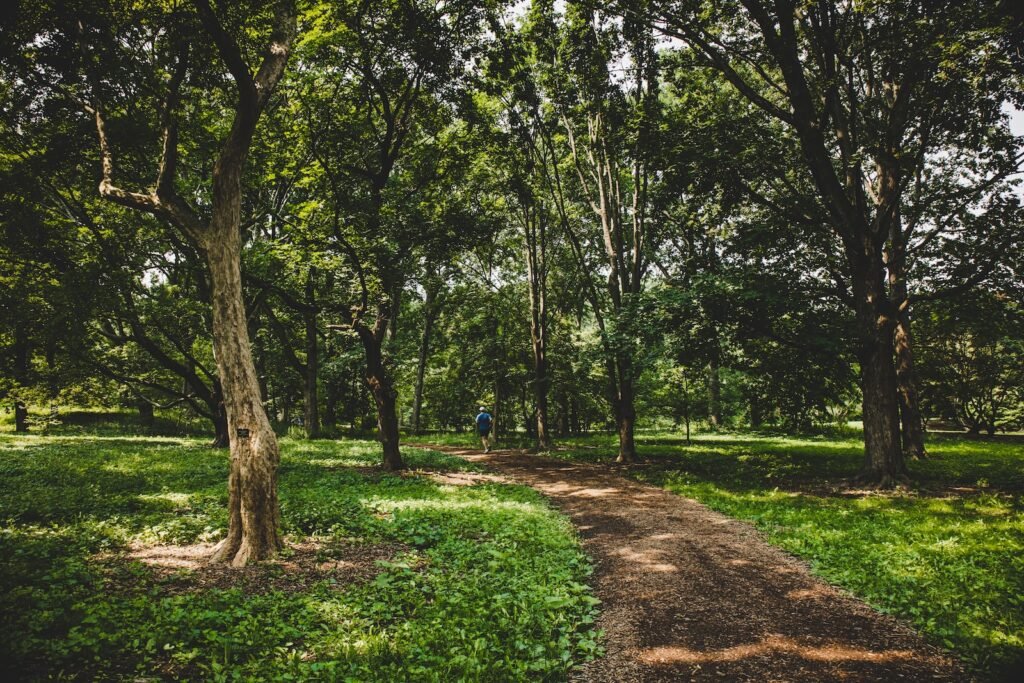Metal detecting has long been a fascinating and rewarding hobby for enthusiasts around the world. The art of metal detecting involves using specialized equipment to locate and unearth hidden treasures buried beneath the soil. While there are various locations where metal detecting can take place, public parks offer a unique opportunity for enthusiasts to explore and potentially discover valuable artifacts. In this article, we will delve into the art of metal detecting in public parks, discussing the equipment needed, strategies for maximizing finds, understanding park regulations, and responsible metal detecting practices.

The Art of Metal Detecting
Metal detecting is more than just a hobby; it is an art that requires knowledge, skill, and patience. The thrill of the hunt, the anticipation of what lies beneath the surface, is what attracts many to this activity. It is a fascinating blend of history, archaeology, and adventure, as each discovery can provide valuable insights into the past.
Unearthing Hidden Treasures
Metal detectors are powerful tools that can detect a wide range of metallic objects buried beneath the ground. From ancient coins and jewelry to relics from the past, metal detecting can reveal hidden treasures that have been waiting to be discovered for centuries. Each find carries a story, allowing us to connect with the people who came before us.
Exploring Public Parks for Finds
Public parks are excellent locations for metal detecting due to their rich history and high foot traffic. These parks have witnessed countless events and activities, making them ideal spots to uncover artifacts lost or discarded over time. As responsible metal detectorists, it is important to obtain permission from park authorities before embarking on a search.
Metal Detecting: A Fascinating Hobby
For many, metal detecting is a passion that goes beyond treasure hunting. It offers a unique opportunity to connect with nature and the past, allowing us to escape the hustle and bustle of everyday life. The thrill of discovery and the excitement of uncovering history are what make this hobby so captivating.
Equipment for Successful Searches
To embark on a successful metal detecting journey, having the right equipment is crucial. A metal detector capable of distinguishing between different types of metals is essential. Additionally, a shovel, gloves, headphones, and a bag for collecting finds are important tools to have. It is also advisable to invest in a pinpointer, a handheld device that helps pinpoint the exact location of buried objects.
How to Obtain Permission to Detect
Before conducting a metal detecting search in a public park, it is necessary to obtain permission from the relevant authorities. This can usually be done by contacting the park management or local government offices. It is important to be respectful of regulations and guidelines set by the park administration to ensure a positive experience for all parties involved.
Understanding Park Regulations
Each public park may have specific rules and regulations regarding metal detecting. Some parks may have designated areas where detecting is allowed, while others may have restrictions in place. It is important to familiarize yourself with these regulations to avoid any legal issues and to protect the park’s natural and historical resources.
Strategies for Maximizing Finds
Metal detecting in public parks requires a strategic approach to maximize the chances of making valuable finds. Researching the park’s history, including significant events or areas of interest, can help identify potential hotspots for treasure hunting. Additionally, focusing on areas where people congregate, such as picnic spots, playgrounds, and sports fields, can increase the likelihood of finding lost items.
Identifying and Preserving Artifacts
Finding artifacts is just the beginning; understanding and preserving them is equally important. It is essential to educate yourself on identifying different types of artifacts and their historical significance. Proper cleaning and preservation techniques should be employed to ensure the artifacts remain intact and protected for future generations to appreciate.
The Thrill of the Hunt
The excitement of metal detecting lies in the mystery of what lies beneath the ground. Each beep, each dig holds the potential for a thrilling find. Whether it is an ancient coin, a piece of jewelry, or a historical relic, the thrill of the hunt is what keeps enthusiasts coming back for more.
Responsible Metal Detecting Practices
Responsible metal detecting involves respecting the environment, the historical significance of the finds, and the rules set by park authorities. It is crucial to fill any holes created during the search, leaving the park as pristine as it was found. Properly disposing of any trash or debris encountered during the hunt is also important to maintain the integrity of the park.
Joining a Metal Detecting Community
One of the best ways to enhance the metal detecting experience is by joining a community of like-minded enthusiasts. Metal detecting clubs and online forums provide an opportunity to connect with others who share the same passion for the hobby. These communities offer valuable advice, support, and opportunities for group hunts, making the hobby even more enjoyable.
Exploring the art of metal detecting in public parks offers a unique and thrilling experience for enthusiasts. From unearthing hidden treasures to understanding the historical significance of artifacts, this fascinating hobby provides a connection to the past while enjoying the beauty of nature. By following responsible metal detecting practices and working in harmony with park regulations, enthusiasts can enjoy the thrill of the hunt while preserving the integrity of these public spaces. So grab your metal detector, delve into the art of metal detecting, and embark on a journey of discovery in your local parks.
